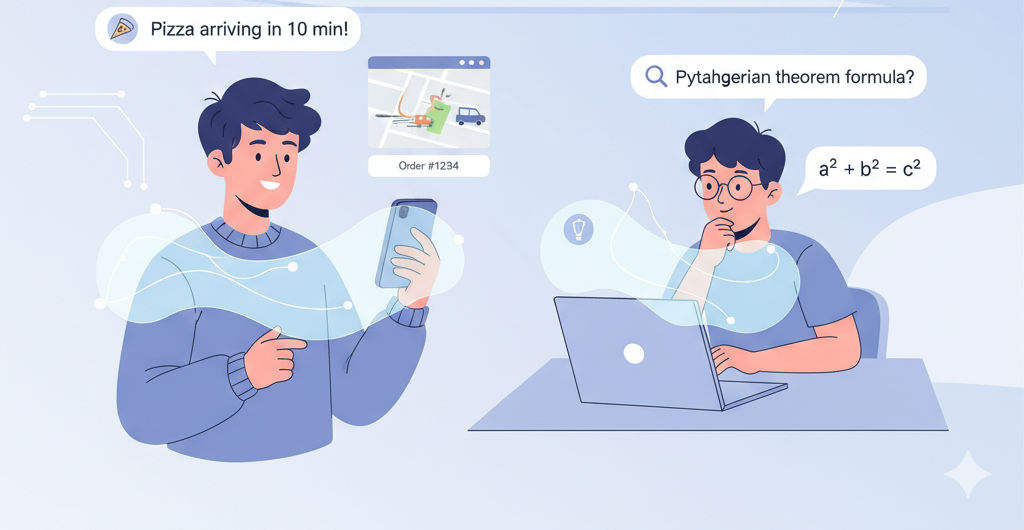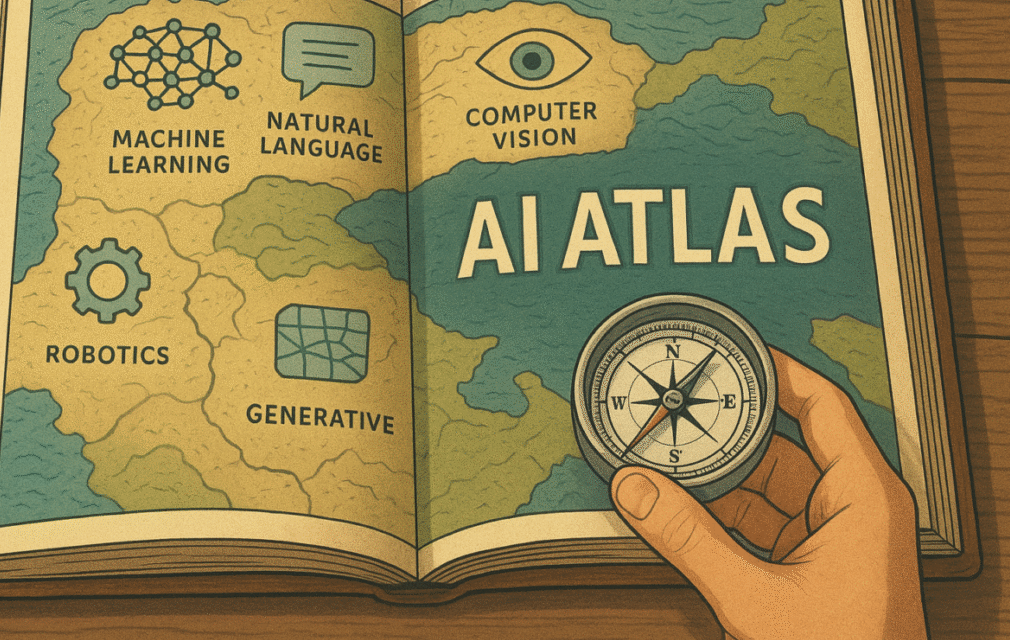Picture this: it’s midnight, and you’re trying to figure out why a mysterious charge appeared on your bank account. You open the bank’s app, type a quick question, and—within seconds—you have your answer. No waiting, no call center music, no “please hold.” Or maybe you’re tracking your pizza, and the little chat window not only tells you it’s out for delivery but also reassures you that yes, extra cheese really was added. In both cases, you weren’t chatting with a person at all. You were talking to one of the web’s most reliable silent conversationalists: a chatbot.
From Awkward Small Talk to Fluent Conversations
Let’s be honest: early chatbots were… clunky. They were like that friend who only half-listens and keeps repeating, “Sorry, I didn’t get that.” Many of us swore them off after one too many “Please rephrase your question” replies.
But the bots grew up. Today’s versions are powered by artificial intelligence and natural language processing (NLP). Instead of rigidly scanning for keywords, they can actually understand intent. Think of the difference like this: the old chatbots were the dusty card catalog in a library—you had to know exactly what you were looking for. Modern chatbots are the librarian who can understand your vague, half-formed thought (“You know, that book with the wizard kid and an owl…”) and still hand you exactly what you need.
The Invisible Engine of Our Digital Lives
Here’s the fascinating part: chatbots have gone so seamless that you often don’t realize you’re using one. They’re no longer just perched on the bottom corner of retail websites with a “How can I help you?” bubble. They’ve woven themselves into apps and platforms we use every day.
-
Mental Health: Apps now feature conversational agents that check in on your mood, offer mindfulness exercises, and even walk you through cognitive-behavioral techniques. It’s not therapy, but it can be a lifeline at 2 a.m. when you need support.
-
Education: Students can ping a bot for help with math problems or quick study tips. These bots never get tired, never judge, and are always ready with an explanation.
-
Smart Homes: When you tell Alexa to dim the lights or ask Google to set the thermostat, you’re not just talking to a gadget—you’re interacting with a conversational engine trained to make your home smarter and your life easier.
The best interactions don’t feel robotic at all. They feel natural, helpful, and almost invisible, like the digital plumbing that quietly keeps everything running.
Why the Best Bots Know Their Limits
Now, before we start envisioning bots stealing jobs, let’s set the record straight. The smartest chatbots know when to hand things over to a human. They’re designed to handle the high-volume, repetitive queries—the “What’s my balance?” or “Where’s my package?” type of questions.
When the situation gets tricky—like resolving a billing dispute or handling an emotionally sensitive issue—they pass the baton. Think of them as a concierge in a hotel lobby: they can answer 80% of questions right away, but they’ll call in the right specialist for the really complicated 20%. Far from replacing humans, chatbots free them to focus on what humans do best—empathy, problem-solving, and nuance.
Tomorrow’s Conversations
What’s next? Expect bots that don’t just answer your questions but anticipate them. Hyper-personalization is on the horizon—chatbots that remember your past orders, your preferences, even your tone, and adjust accordingly. Emotional intelligence is improving too, meaning a bot might soon recognize if you’re frustrated and adapt its responses in a more empathetic way.
Not sci-fi—just the natural next step in making our digital experiences smoother, faster, and friendlier.
The Final Takeaway
Chatbots have quietly shifted from quirky novelties to essential digital infrastructure. They’re the invisible engines working behind the scenes to keep our online lives running 24/7, from food delivery to finance to mental health.
So the next time an app seems to read your mind and deliver exactly what you were hoping for, take a moment to appreciate the silent conversationalist at work. After all, the smoothest conversations are the ones you barely notice.




